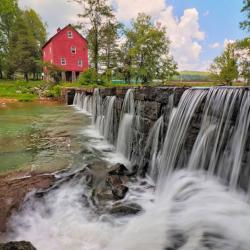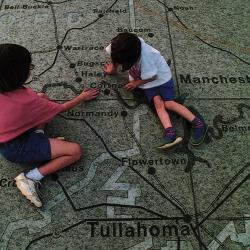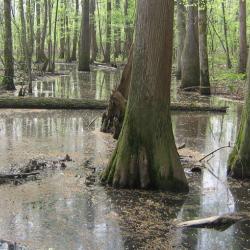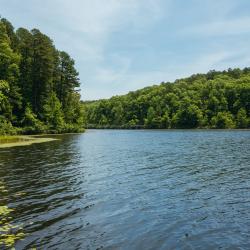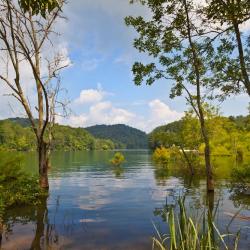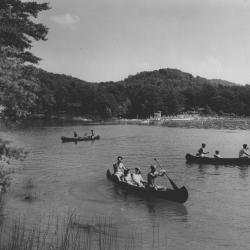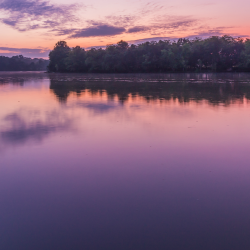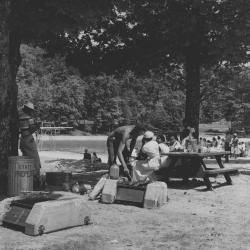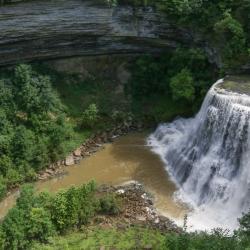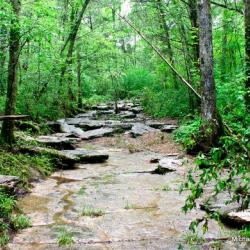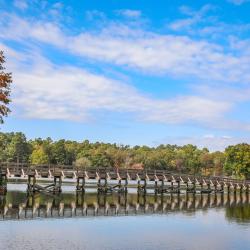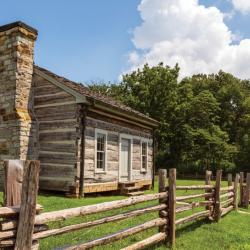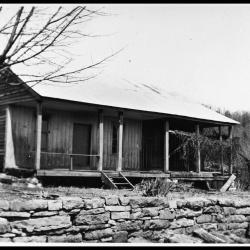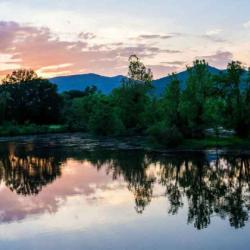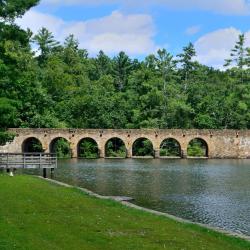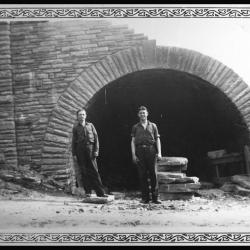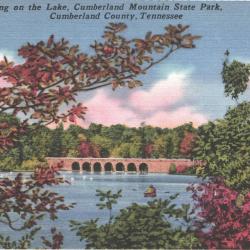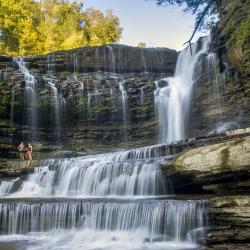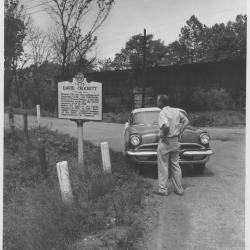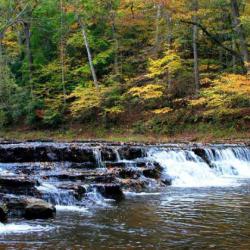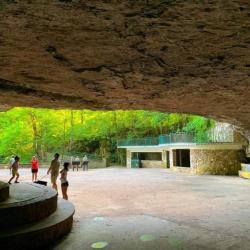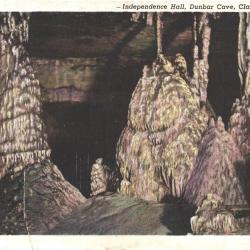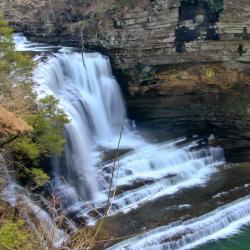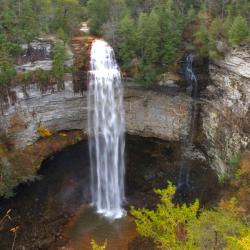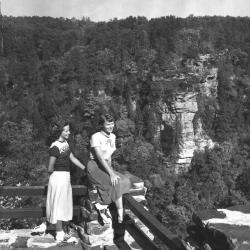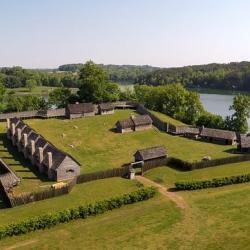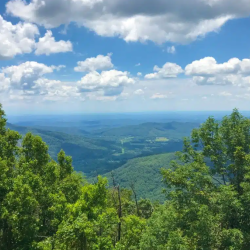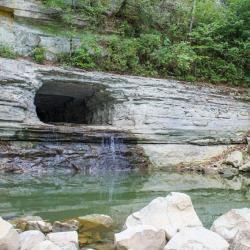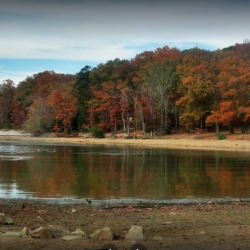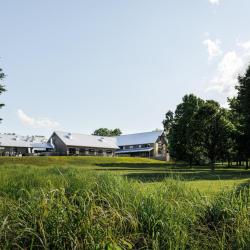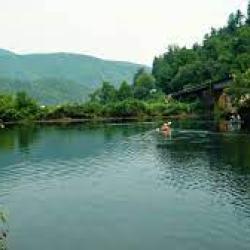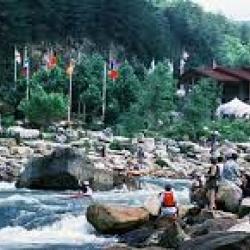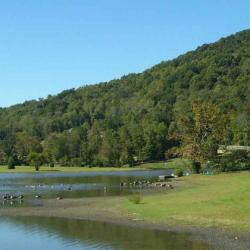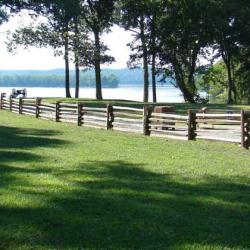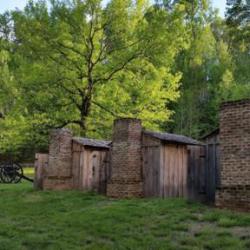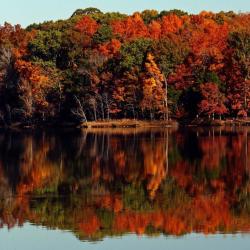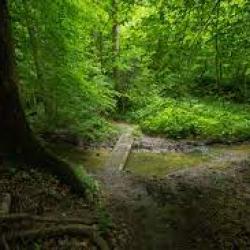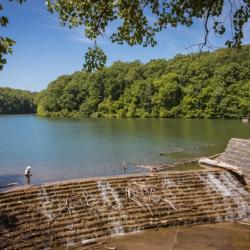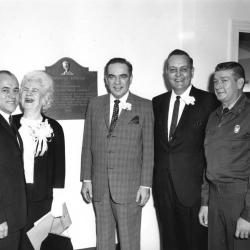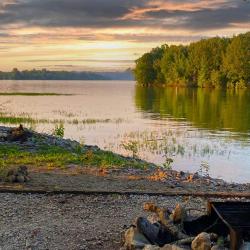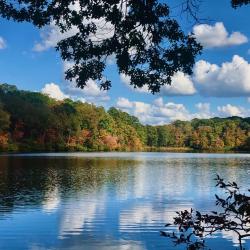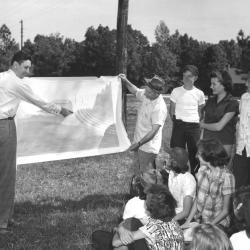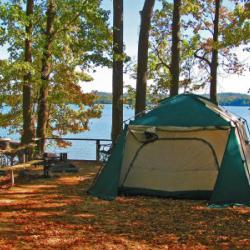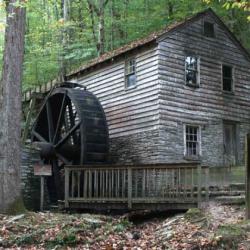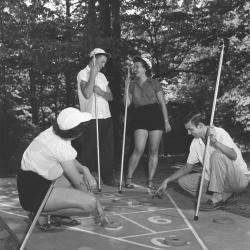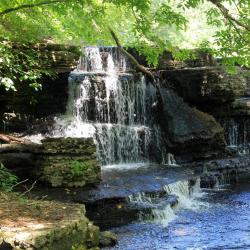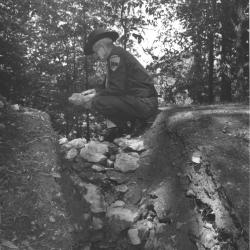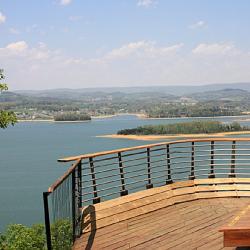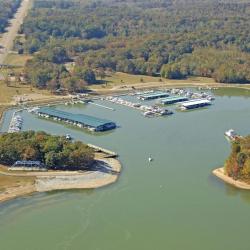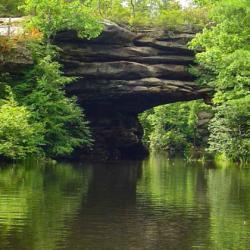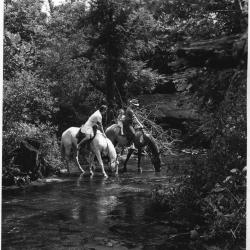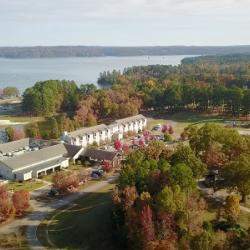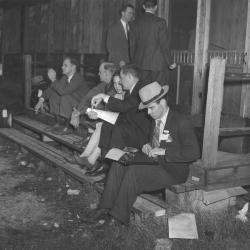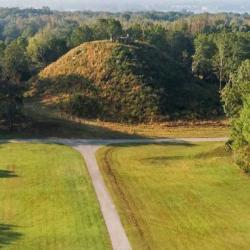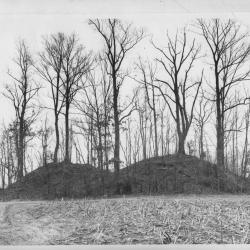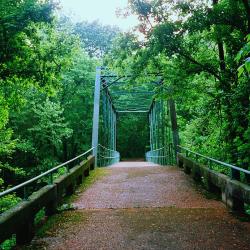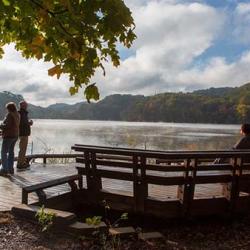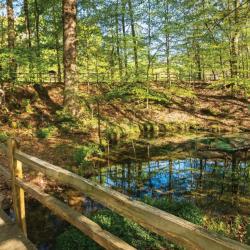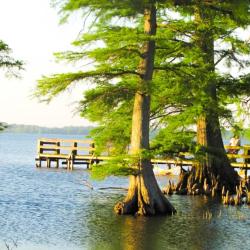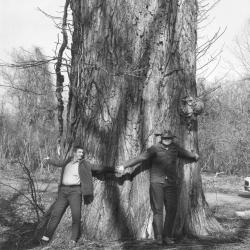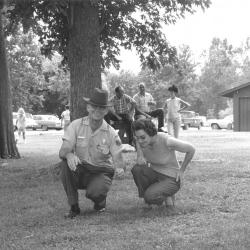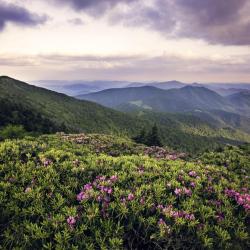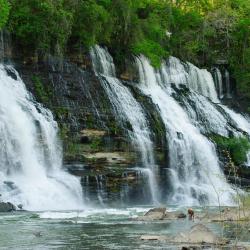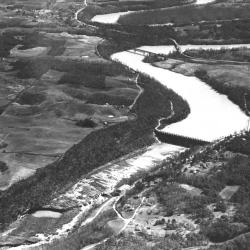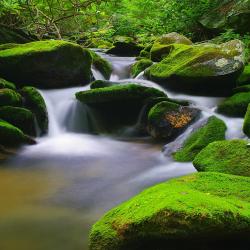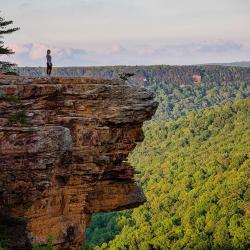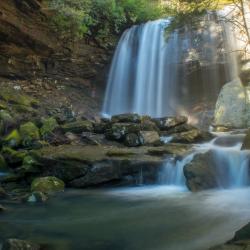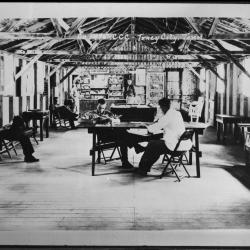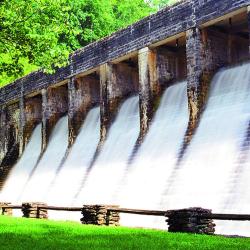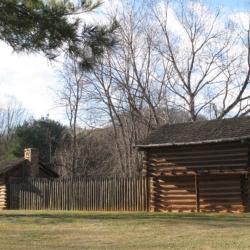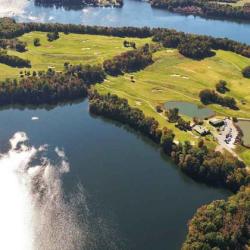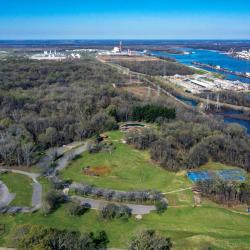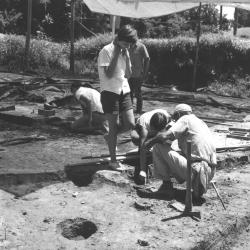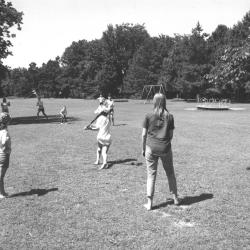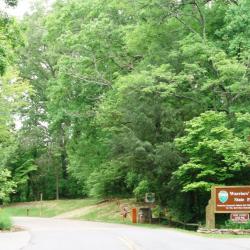TSLA exhibit honors 'Legacy of Tennessee State Parks'
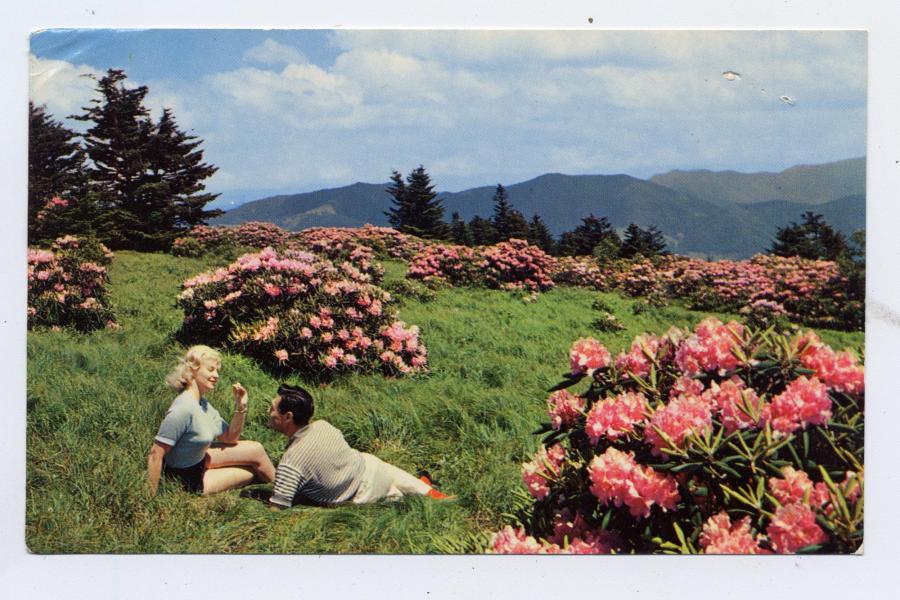
By KATE COIL
TML Communications Specialist
For nearly 90 years, the 57 parks in the Tennessee State Park system have preserved the state’s natural and cultural resource while also allowing opportunities for recreation and economic development.
Considered one of the best park systems in the nation, the legacy of Tennessee State Parks is being highlighted in a new exhibit at the Tennessee State Library and Archives. Titled “The Legacy of State Park,” the exhibit draws from more than 16 collections housed at TSLA to show the people, places, and items that helped make the system what it is today.
Guests can view this new exhibit and the permanent interactive exhibits in the Library & Archives lobby from Monday to Saturday between 8 a.m. and 4:30 p.m. CST. The Legacy of Tennessee State Parks exhibit is free and open to the public until May 13, 2023.
“We are honored to work with Tennessee State Parks to celebrate the history of one of the best park systems in the country through the Tennessee State Library and Archives’ Legacy of Tennessee State Parks exhibit,” said Secretary of State Tre Hargett. “Through the Legacy of Tennessee State Parks exhibit, guests learn about early conservation efforts in Tennessee, the establishment of Tennessee State Parks, and how the park system has grown into what we all enjoy today. After seeing the exhibit, we hope guests are inspired to explore our state's parks, making their first stop just outside the Library and Archives door at the Bicentennial Capitol Mall State Park.”
Commissioner David Salyers of the Tennessee Department of Environment and Conservation, said the exhibit charts the journey of the state park system from early conservationists and state leaders who wanted to preserve the state’s natural resources to the way Tennesseans and visitors to the state have enjoyed the recreational opportunities provided by the park system.
“Our parks have 86 years of rich history, preserving natural resources, providing recreation for families, and enhancing communities,” Salyers said. “We’re indebted to the state’s leaders who years ago had the foresight and commitment to give our parks a special role in Tennessee. We’re delighted to see such awareness and appreciation of our parks with this exhibit.”
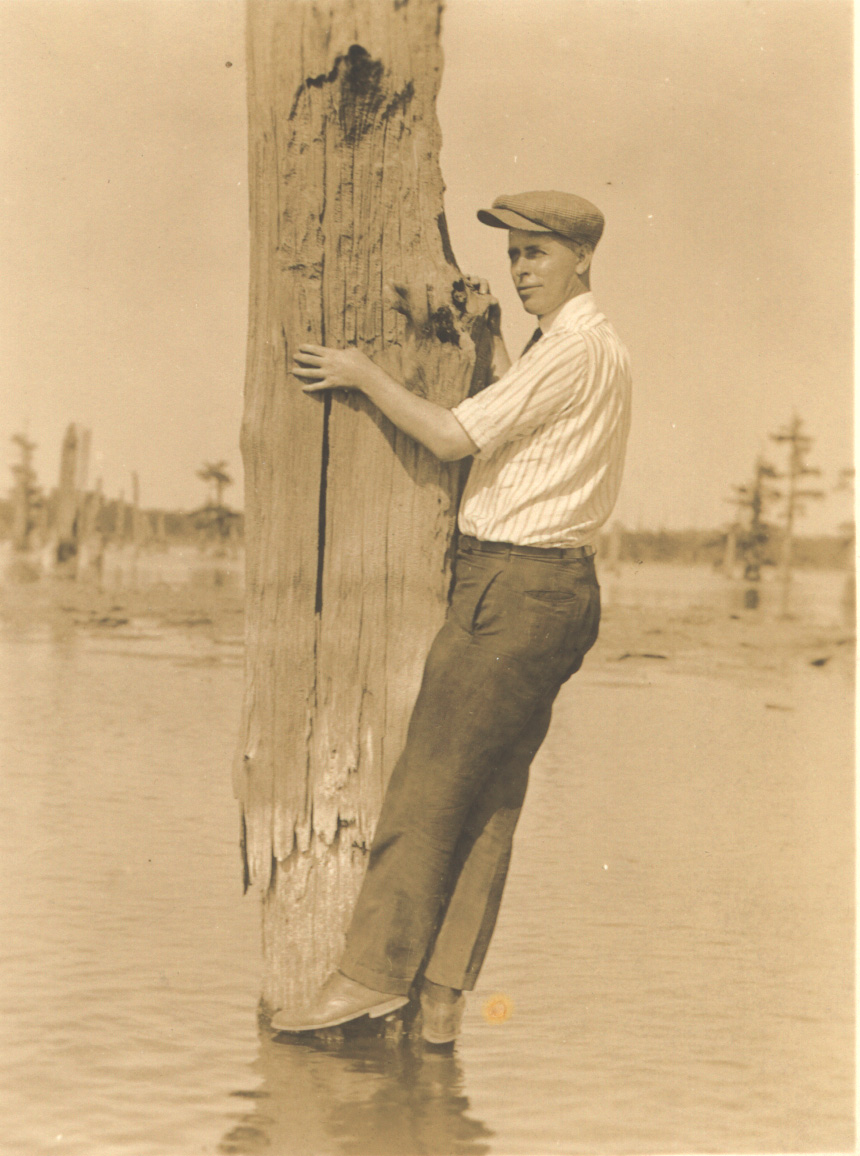
The mission of the Library and Archives, a division of the Department of State, is to preserve Tennessee's history for current and future generations. As the designated repository for Tennessee State Parks materials, the Library and Archives has some of the state’s largest collections related to our state parks.
Guests visiting the exhibit will see maps, photos, letters, and more that show decades of conservation efforts in Tennessee. Items in the exhibit include a letter from W.A. Nelson, State Geologist to Governor Austin Peay in 1924 advocating the creation of state parks to a letter from Congressmen Joe L. Evins to the Commissioner of the Department of Conservation favoring for the development of a park at Center Hill Lake.
The exhibit also highlights the preservation of Tennessee traditions through the State Parks Folklife Project, which launched in 1979. Folklorists traveled across the state to document the craftspeople, musicians, storytellers, and other Tennesseans contributing to the state’s unique cultural identity. The project resulted in thousands of hours of taped interviews, musical recordings, and photographs housed at the Tennessee State Library and Archives.
Kim Schofinski, spokesperson with Tennessee State Parks, said the parks themselves tell the story of Tennessee and its communities.
“With a system of 57 parks across the state, you are never more than an hour from one of these areas, so state parks can truly be thought of as local parks supporting the communities they are in,” Schofinski said. “Over the past few years, we have only seen the love for our state parks grow as a place where Tennesseans can come relax, explore, and connect.”
Much like the National Park system, the Tennessee State Park system grew out of a larger movement in the late 1800s and early 1900s seeking to preserve and protect unique cultural and geographical assets across the country as well as provide the public with opportunities for outdoor recreation as America’s population became increasingly urban.
Many of Tennessee’s state parks – like others throughout the country – also grew out of New Deal projects like the Civilian Conservation Corps (CCC), Work Progress Administration (WPA), and Tennessee Valley Authority (TVA) that aimed to put young men to work building roads, picnic shelters, camping cabins, and other recreational infrastructure.
Tennessee's first state parks were largely started as property purchased by TVA and then sold to the state, such as Norris Dam, Harrison Bay, Warrior’s Path, and Panther Creek. Big Ridge, Pickett, Cedars of Lebanon, Chickasaw and many others still preserve the iconic CCC “parkitecture” of this period. On May 21, 1937, Governor Gordon Browning signed legislation which created Tennessee State Parks.
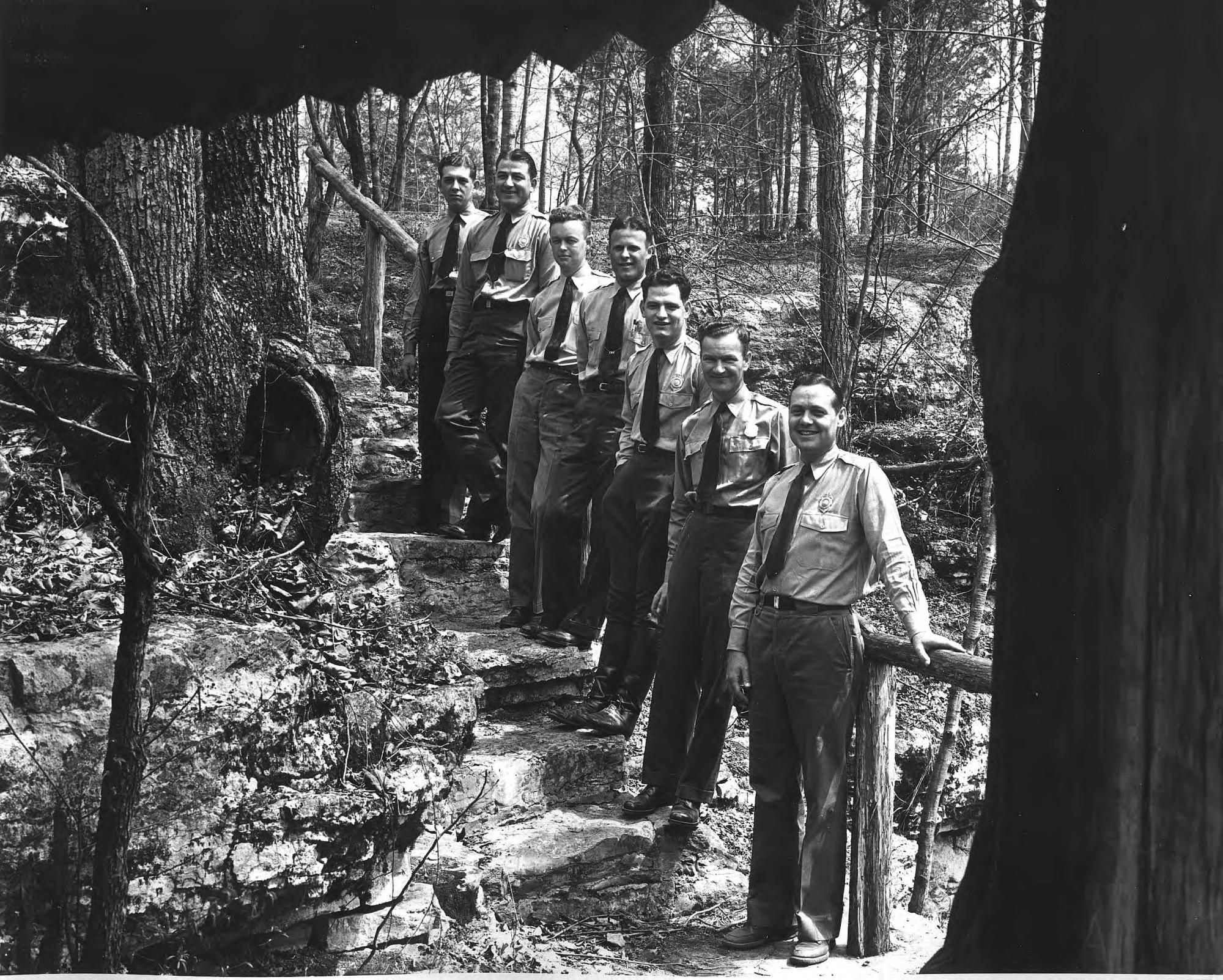
By 1957, every Tennessean lived within 50 miles of a park, which catered to the post-War boom in outdoor recreation that continued into subsequent decades. The park system continued to grow as desires for conservation, recreational opportunities, and the economic development and investment created by state parks continued to benefit communities across the state. Most recently, Gov. Bill Lee announced the addition of Tennessee’s newest state park, Savage Gulf, in 2022 with plans to increase the number of state parks outlined in this year’s budget.
Officials also hope the exhibit will encourage people to visit new state parks or revisit their favorite parks.
“We are hopeful this exhibit encourages an even greater appreciation for our parks, which really are a crown jewel of our state,” Schofinski said. “Tennessee is one of only a handful of states that do not charge an entrance fee to enter state parks, so the outdoors in Tennessee is truly open for everyone.”
The exhibit remains open until May 13 and is accompanied by a lunchtime speaker series through April 14. For more information on the exhibit and how to view other items in the collection related to Tennessee State Parks, click here. To learn more about the Tennessee State Park system, visit here.




